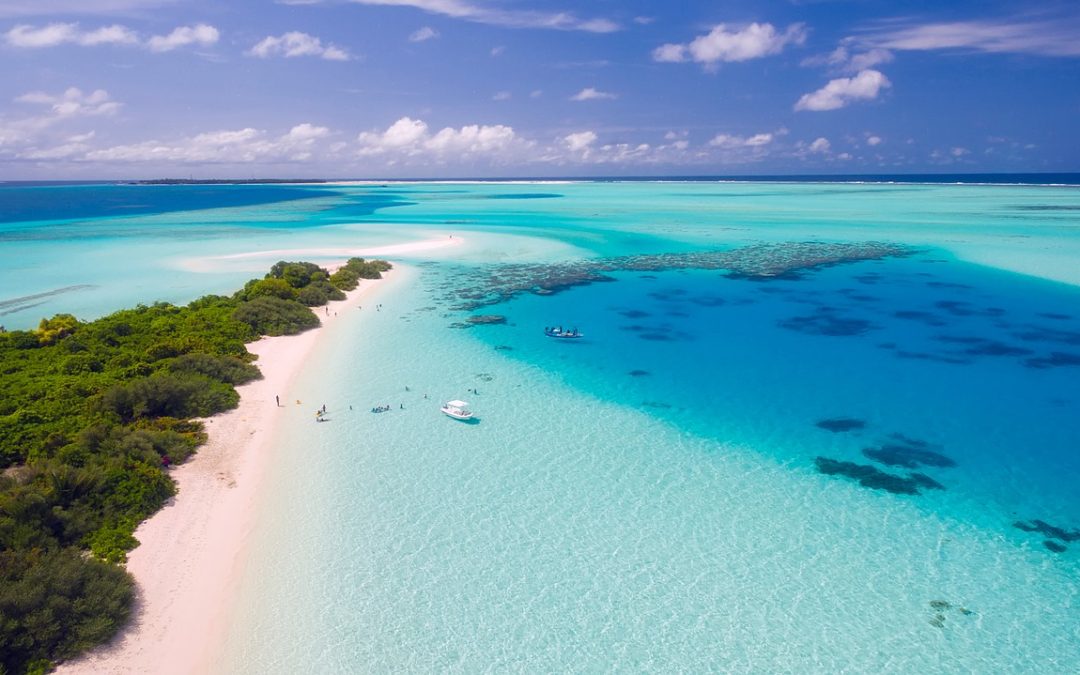Climate change is a challenging concept to wrap your head around. The bad news bombarding you from all sides can be overwhelming. Often, you just want to ignore it by hiding under the blankets and watching another mindless tv show.
For me, “escape” means watching “SpongeBob” in bed with my niece, Mia and nephew, Liam and listening to their conversation. We would talk about life under the sea and how they’d love to explore the ocean floor one day. That’s when it hits me: “will Liam and Mia ever get the chance to see a thriving coral reef?”
Coral reefs, a.k.a ‘underwater rainforests’ provide habitats for numerous sea creatures and protect our shorelines from storms. A quick google search: “Why Are Coral Reefs Dying?” uncovers numerous articles showing how rising ocean temperatures, acidification and pollution are killing our coral reefs.
Why Should You Care?
If you like eating seafood or snorkeling, you need to worry about rising ocean temperatures and ocean acidification. Warmer seas could cause your favorite seafood, ie. Dungeness crabs, clams and oysters to become either too toxic to eat or unavailable.
Warmer waters lead to algae blooms that can cause elevated levels of domoic acid, a neurotoxin, in sea creatures. In 2015 and 2016, officials had to shut down Dungeness crab fisheries from Alaska to California for several months due to high levels of domoic acid. Domoic acid poisoning can cause seizures, numbing and memory loss.
Acidic water makes it impossible for coral reefs to grow and with a disappearing habitat, many sea creatures won’t survive.
On a recent glass bottom boat trip in John Pennekamp State Park, Key Largo, FL, we saw first hand what is meant by a “dying” coral reef. My husband who used to scuba dive in the area, was horrified to see the collapse of the coral reef. Coral bleaching due to warmer sea temperatures means that most likely, my niece and nephew will only see destroyed remnants of “SpongeBob’s” underwater world.
Below are a few tips that you might want to keep in mind when visiting coastal areas, such as Key Largo.
- Use reef safe sunscreen or wear SPF swim shirt & leggings to reduce the amount of sunscreen needed. Make sure to apply sunscreen at least 15 minutes before going in the water so that your skin absorbs the lotion. In general, when shopping for sunscreens, avoid the ingredients below as they’re known to cause coral bleaching:
- Oxybenzone
- Butylparaben
- Octinoxate
- 4-Methylbenzylidine Camphor
- Eat lionfish: The lionfish is popular aquarium fish originally from the Pacific Ocean. With few predators, lionfish are considered an invasive species in the Atlantic Ocean. Lionfish are carnivores that feed on small crustaceans and fish, including the young of important commercial fish species such as snapper and grouper. According to REEF.org: “by eating lionfish [which tastes like snapper], we are keeping the reefs healthier.”

- Donate to or Join Project Aware – Dive Against Debris
